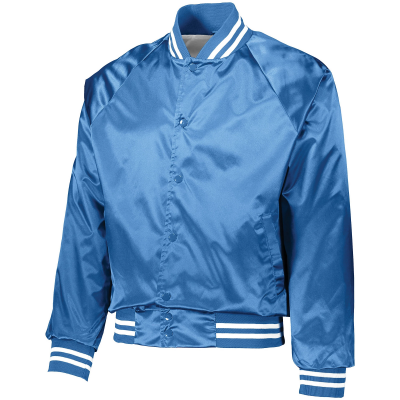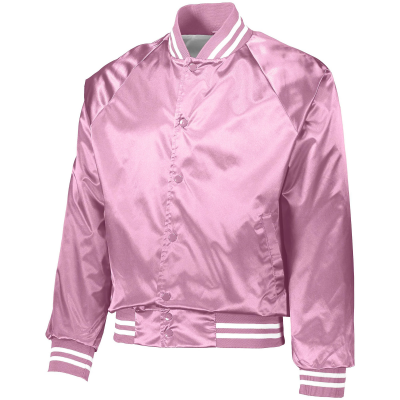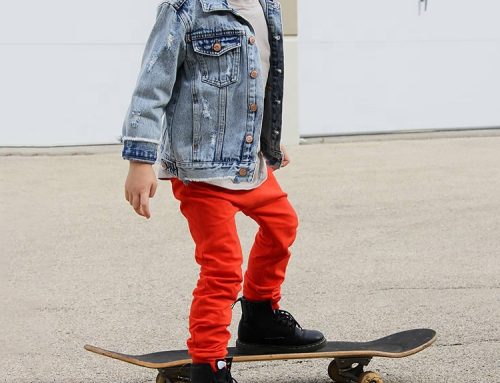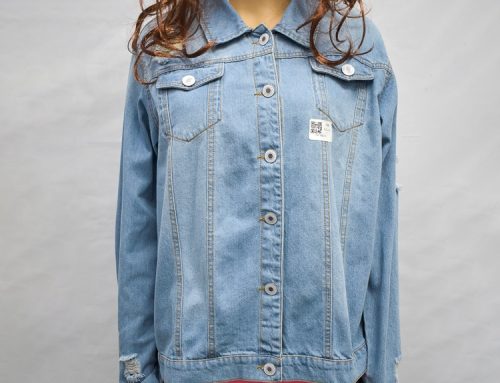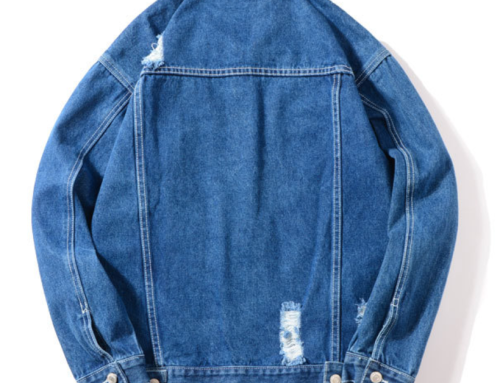Fending off rain and snow requires specialized winter jackets that are waterproof, insulated, and designed to keep you dry and warm in wet and cold conditions. Here’s an overview of the features and technologies commonly found in waterproof winter jackets:
- Waterproof Materials: Modern waterproof jackets are often made from materials like Gore-Tex, eVent, DryVent, and similar proprietary fabrics. These materials have a waterproof membrane that prevents water from penetrating while allowing moisture vapor (sweat) to escape, keeping you dry and comfortable.
- Sealed Seams: In addition to using waterproof materials, jackets often have fully taped or sealed seams. This prevents water from entering through the stitched areas, enhancing overall waterproofing.
- DWR Coating: Many waterproof jackets have a durable water repellent (DWR) coating on the outer surface. This coating causes water to bead up and roll off the fabric rather than being absorbed. Over time, DWR coatings can wear off and require reapplication.
- Insulation: Depending on the temperature, winter jackets may include synthetic or down insulation to provide warmth even in cold and wet conditions. Synthetic insulation can maintain warmth when wet, while down offers excellent warmth-to-weight ratio but can lose insulation properties when wet.
- Hoods and Collars: A well-designed hood is essential for keeping your head dry. Adjustable hoods with brims help keep rain and snow off your face. High collars also prevent wind and moisture from entering around the neck.
- Zipper Protection: Jackets often have storm flaps or waterproof zippers to prevent water from seeping through the front zipper.
- Ventilation: Some jackets feature underarm zippers or vents that can be opened to release excess heat and moisture when you’re active. This helps regulate your body temperature and prevent overheating.
- Pockets: Waterproof winter jackets may have waterproof or water-resistant pockets to keep your belongings dry.
- Fit and Length: A proper fit is important for ensuring the jacket provides coverage and insulation. Longer jackets can protect your lower body from rain and snow.
- Layering Compatibility: Consider the layering options the jacket provides. You might want to wear different layers underneath based on the temperature and activity level.
- Reflective Elements: For safety in low-light conditions, some jackets include reflective elements for visibility.
- Packability: If you’re on the go, having a jacket that can be packed into a small size is convenient for travel.
- Care and Maintenance: Regularly cleaning your jacket and reapplying DWR coatings can help maintain its waterproofing and performance.
When choosing a waterproof winter jacket, consider your intended activities, climate, and personal preferences. A jacket that effectively fends off rain and snow while providing warmth and comfort can be a valuable addition to your winter wardrobe.
